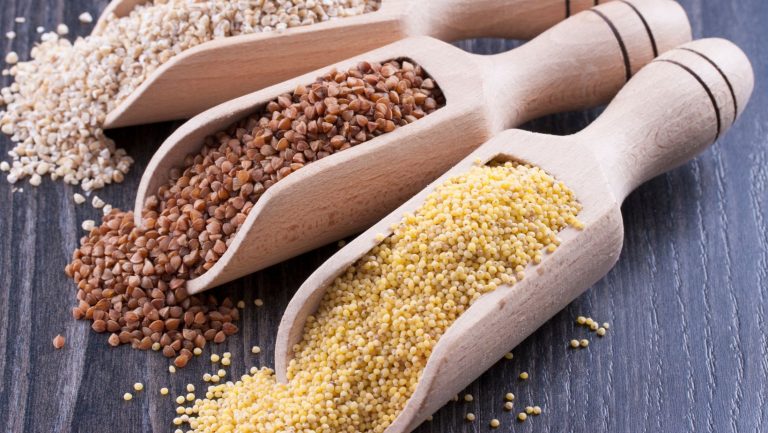Millets, often referred to as “ancient grains,” have been cultivated by humans for thousands of years. Despite their rich history and nutritional value, millets have been largely ignored as a primary food source due to a lack of awareness. This blog post will explore the various types of millet, their nutritional benefits, and how they can complement our diets without completely giving up wheat and rice.
Understanding Millets: Major and Minor Varieties
Millets are not just a single grain but a generic term that applies to a variety of different species and plants. Major millets include pearl millet, which is what most people think of as millet. Minor millets include proso, foxtail, and finger millets, which are all distinct grains. They may look similar, but they are not the same.
Nutritional Benefits of Millets
Fibre is one of the main components we look for in whole grains, and Kodo millet stands out with its high fibre content. Finger and foxtail millets also surpass other grains in terms of fibre. When it comes to polyphenol content, even plain millet beats other grains, including sorghum. Kodo millet, once again, takes the lead.
In terms of overall nutrition, finger millet boasts ten times more calcium than other grains and three times more calcium than milk. Some millets, like barnyard millet, are exceptionally high in iron, containing five times more iron than steak.
Potential Health Benefits of Millets
While there is limited clinical research on the health benefits of millets, some studies suggest that they may help prevent cardiovascular disease by reducing triglycerides in hyperlipidemic rats. Additionally, lower oesophagal cancer mortality rates have been observed in areas of China where millet and sorghum are consumed more frequently than corn and wheat.
In vitro, studies have shown that millets may be effective against cancer cell proliferation, with Kodo and proso millets inhibiting cancer cell growth more rapidly than pearl or foxtail millets. Millets have also demonstrated potential in reducing the growth of colon, breast, and liver cancer cells and inhibiting cancer cell migration.
Finger millet has been associated with blood sugar-lowering, cholesterol-lowering, and anti-ulcer characteristics. While some of these claims require further research, the blood sugar-lowering properties of millets have been confirmed by several studies on millets and millet-based foods in people with type 2 diabetes.
Incorporating Millets into a Balanced Diet
While wheat and rice are popular grains, incorporating millet into our diets can provide additional health benefits without completely giving up these staple foods. Millets are gluten-free, making them suitable for individuals with celiac disease or non-celiac gluten sensitivity. Their blood sugar-lowering properties also make them a valuable addition to the diets of those managing type 2 diabetes.
Conclusion
Millets, the ancient grains with a rich history, offer a variety of nutritional benefits that can complement our modern diets. By incorporating millet into our meals, we can enjoy their unique health-promoting attributes without completely giving up wheat and rice. As we continue to learn more about these versatile grains, it’s essential to raise awareness about their potential role in promoting overall health and well-being. So, let’s embrace millets and explore the diverse flavours and textures they bring to our plates.



